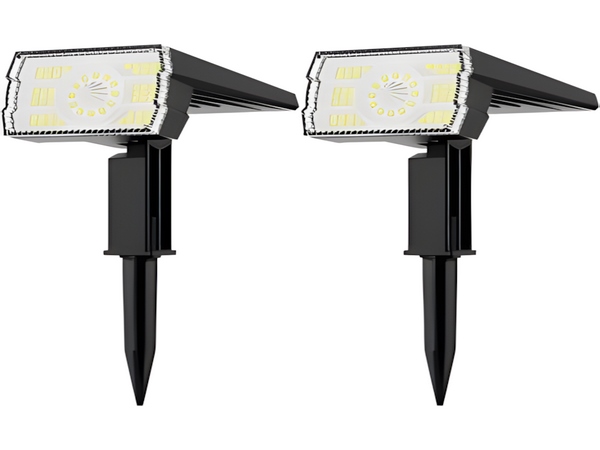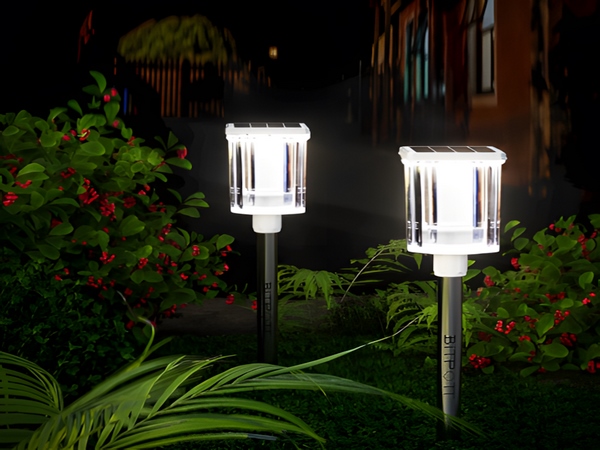
Today, the Bitpott solar street light manufacturer will explain how to distinguish between monocrystalline and polycrystalline solar panels. The different manufacturing processes of monocrystalline silicon solar cells and polycrystalline silicon solar cells lead to some differences in appearance and electrical performance. In terms of appearance:
Monocrystalline silicon solar panels have a smooth surface, while polycrystalline silicon solar panels have square corners and a surface with a pattern resembling frost.

For customers, using monocrystalline silicon cells and polycrystalline silicon cells does not make much of a difference. Both types of cells exhibit good lifespan and stability. Although the average conversion efficiency of monocrystalline silicon cells is approximately 1% higher than that of polycrystalline silicon cells, monocrystalline solar cells can only be made into nearly square shapes (with rounded corners). This results in some area being left unfilled when assembling solar panel modules, while polycrystalline solar cells are square and do not have this issue. Therefore, the efficiency of solar panel modules is almost the same.
Additionally, due to the differences in manufacturing processes for the two types of solar cells, the energy consumption during the production of polycrystalline solar cells is about 30% less than that of monocrystalline solar cells. As a result, the share of polycrystalline solar cells in the global solar cell production continues to increase, and their manufacturing costs will be significantly lower than those of monocrystalline cells. Thus, using polycrystalline solar cells is more energy-efficient and environmentally friendly.

For more information about solar photovoltaic panels or to purchase solar photovoltaic panels, look for the Bitpott street light manufacturer, who has years of production experience and advanced manufacturing equipment for solar panels, ensuring quality and reasonable prices.



